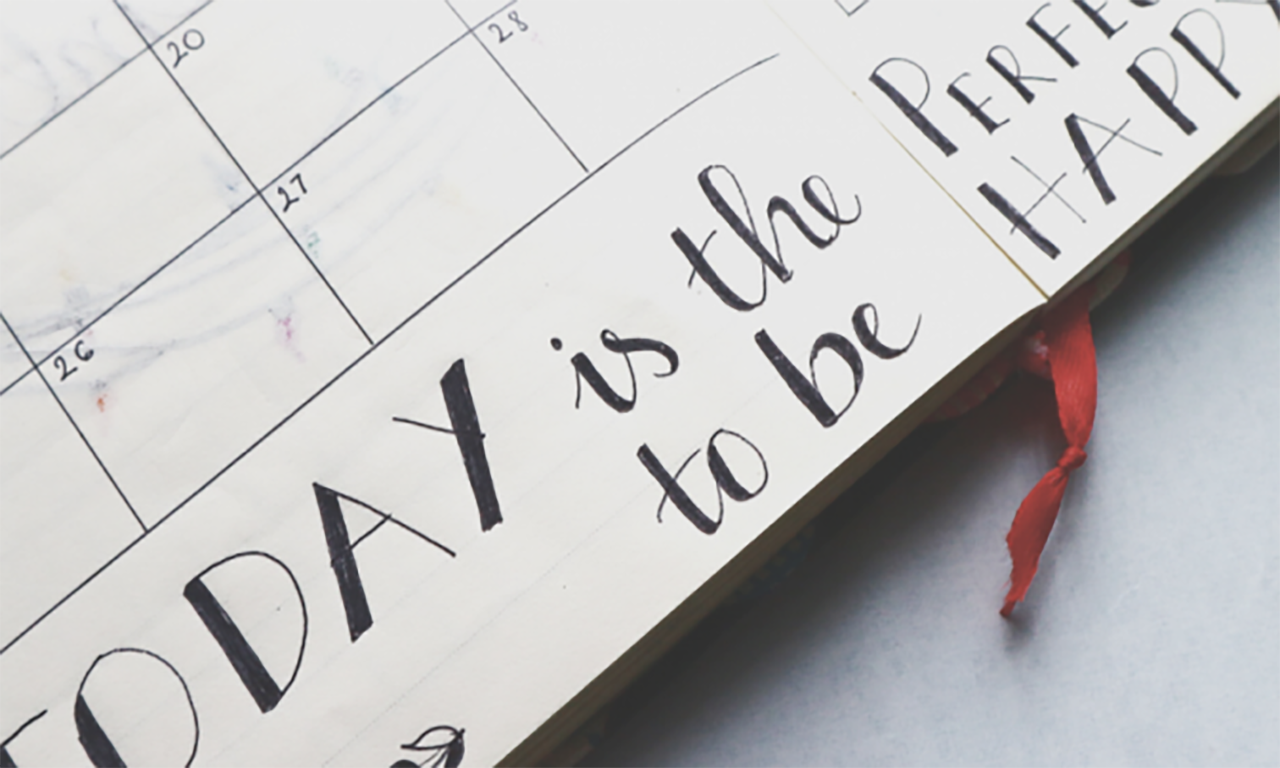New Year – around the world
-
Roopashree Sharma
- Posted on
- 0 comments

Jan 1: A new year in most parts of the world with celebrations galore!
The Gregorian calendar has united various regions, given its acceptance in the corporate world.
But culturally, different communities observe the start of a new year at different points in time. Some regions follow their calendar in business as well as culture, however, the others are keeping their social celebrations and traditions alive.
We bring to you a few such customs from around the world to acknowledge the diversity in celebrations with their origin stories and unique details.
- Gregorian Calendar
(Jan 1, 2020)
Every year has 364.25 days. The extra hours are added to a single day after every four years. It is a solar calendar and is followed in the majority of regions in the world, especially in the corporate framework. - Chinese New Year
(Jan 25, 2020)
Each year brings about a new changing date for the Chinese New Year. It usually falls somewhere between January 21st and February 21st, depending on how the new moon of the first lunar month arises.The celebrations are also known as the Spring Festival start on the 23rd day of the 12th lunar month of the Chinese calendar ending on the 15th day of the first lunar month in the following year in the Chinese calendar.
Source: Timeanddate.com - Songkran
(Apr 13-15)
The Thai New Year is celebrated from April 13th to 15th. Songkran, also known as the Thailand water festival marks the traditional Thai new year. During Songkran, the Thais use this time to purify, clean, and symbolize a fresh new start. - Parsi New Year
(Aug 17)
The Parsi new year marks the beginning of the Iranian calendar.
The tradition is celebrated by the Parsi community around the world. It is believed to have started some 3000 years ago. The day is also known as Jamshed-i-Nouroz or Navroz, after the Persian King, Jamshed, who introduced this calendar.
Source: Economic Times - Hijri New Year
(Aug 19-20)
The Islamic New Year occurs on the first day of Muharram, the first month of the Islamic calendar. It is celebrated differently by each separate Muslim sect and those not making the pilgrimage, will celebrate in their own local communities at home.- It is a lunar calendar.
- The zero years is 622 A.D.
- It was initially started and followed in Saudi Arabia.
- Every year has 12 months and 354 days.
6. Rosh Hashanah
(Sept 18-20)
The Jewish New Year is celebrated in autumn and is based usually around the first two days of the seventh month of the Hebrew Calendar – called Tishrei. Most of the day is spent worshipping in the synagogue, as this is one of the holiest days for the Jewish faith.
7. Hindu New Year
There are a number of Indian New Year’s days celebrated by different sects of Hinduism. Many of these celebrations occur during the first Hindu month, Chaitra. The month of Chaitra is a New Year’s holiday associated with the coming of spring and bases itself on the Lunar calendar.
i.a Vikram Samvat (Hindu lunar calendar) (Nov 16)
- As per records, this calendar dates back to 57 B.C. with 354 days per year.
- It’s also known to have been introduced by King Vikramaditya to mark his victory over the Saka rulers.
- It is a lunar calendar as it is based on the movement of the moon.
i.b Saka Samvat (Hindu Solar calendar) (Oct 28)
- The zero years of Saka Samvat is 78 A.D with year 365 days in a year
It is also believed to have been started by Saka rulers to mark their
victory over Kushanas. - It is a solar calendar.
- It was adopted by the Government of India as the official calendar in the year 1957.



